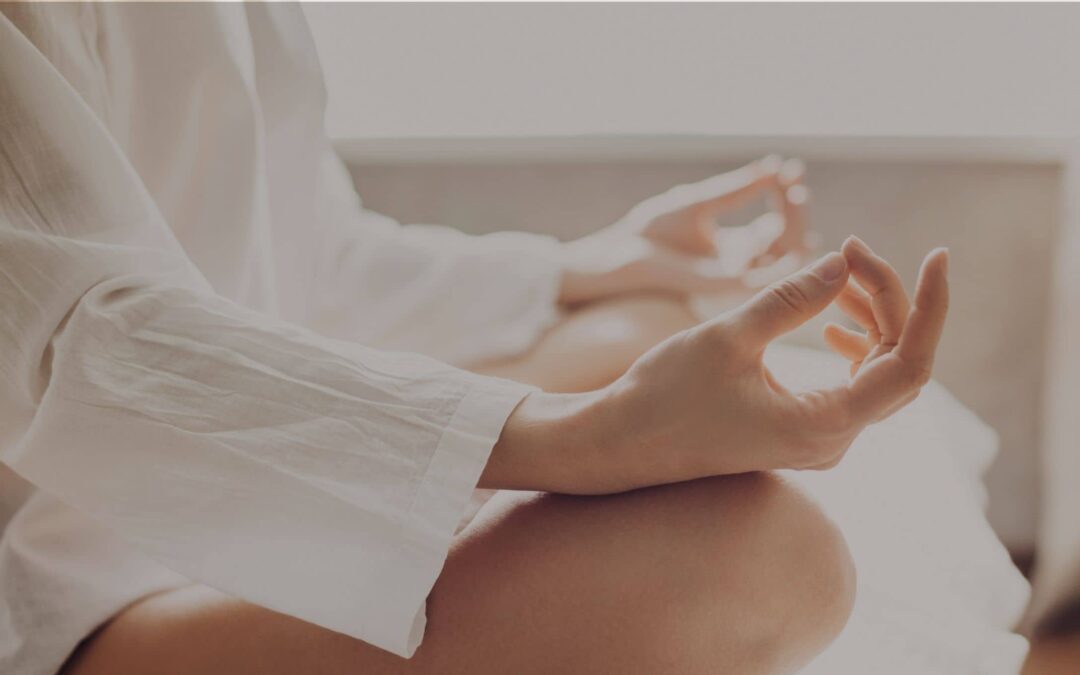In the years I have been a therapist, I have seen a variety of ways people react when they learn some of their struggles could be best explained and understood as something we call anxiety. From relief, to surprise, confusion and yes even denial; we see a little bit of everything. For some of us, learning about anxiety is like coming up to speed in a whole new world. A world where not only is the pressure to out do, out last, or get moved aside so someone else can, but also where everything is saturated in being constantly in tune to how you feel, what you say and what you think. Combine that with our tendency to push down, push through, dismiss, or even mentally criticize ourselves and it’s no wonder we can easily find ourselves in a cycle of torment.
What exactly is anxiety then?
I like to start by explaining that anxiety in itself is neither “good” or “bad”, but rather it is our experience with anxiety that will determine how we view it. Anxiety is quite simply a built in part of the human experience. It serves as a natural “sensor” of sorts and its main job is to help protect and keep us safe. It’s healthy (and somewhat expected) to have a little fear, worry or anxiety in certain situations even though it’s not typically a pleasant sensation when it’s happening. I mean think about it, excitement and anxiety co-exist just like fear and anxiety do.
But what about when our sensor seems to have our body stuck on high alert, or our mind cycling in over analyzing, or even switching beliefs from “I should” to “I have to”? That my friends is the crucial transition that needs our attention so we can intervene quickly and efficiently. It is when anxiety makes a big shift from helping, to inhibiting.
Left untreated, this shift of anxiety can quickly interfere with our ability to function; at work, in our relationships, in our self care, or even carrying out basic daily tasks. And if we don’t have healthy parameters and expectations for ourselves, we may delay seeking help even more.
What does anxiety look or feel like?
One thing we know is true, you don’t have to look very hard to find stress and anxiety in the modern world. I myself have a love/hate relationship with Facebook Reels and TikTok where you can learn anything and everything you want to know about anxiety, even if it wasn’t your original plan for going online that day (but I digress). The reality is with over 40 million adults reporting living with high levels of anxiety, there is a definite rise in awareness of its existence. And with each documented story, more experiences are being shared as to how differently anxiety can manifest.
Let’s start with some of the most common symptoms:
- Feeling nervous, restless, or tense (including muscle tension)
- Difficulty with concentration
- Feelings of impending doom
- Difficulty breathing
- Dizziness
- Rapid heartbeat or heart palpitations
- GI distress; nausea
- Sweating
- Insomnia
- Need for escape and avoidance of situations

While plenty of people can readily pick out these common symptoms as interfering with their life, it is usually not until we get into the “not always talked about” conversations of anxiety that you see connections and “aha!” moments being made. Here are just a few examples of some of the less talked about ways we may be experiencing anxiety.
- Replaying and analyzing past conversations for days/weeks; even avoiding others because of those conversations.
- Experiencing mood swings when others try to have conversations with you because it pulls you away from the thoughts you are absorbed in.
- Constantly comparing and evaluating yourself and situations.
- Getting lost or stalled on projects/tasks because of your focus on the details.
- Feeling an internal battle between your logical and irrational thoughts
- Being stuck in a “worst case scenario” mindset
- Being unable to make a decision, even the smallest of ones sometimes.
- Low stress tolerance when we get frustrated so easily that even the smallest of things feel unbearable.
- Chronic fatigue because of the over taxing our bodies endure from being in constant fight or flight mode.
- An internal drive to accomplish, complete or mark off “to-dos” and finding difficulty resting or relaxing until that is done.
What can I do to relieve my anxiety?
Much like how anxiety is unique to the person experiencing it, so are the coping skills a person may use to help navigate and decrease their anxiety. Spend a short time talking with others and you will find what works for one may not be beneficial at all to the next. So what are some ways outside of therapy and medication, that a person can use to begin reclaiming their life from a cycle of anxiety? Well, let’s take a look. Maybe you will find one that you haven’t tried yet.
1)Calm your limbic system –
By far one of my top go-to introductions for understanding and coping with anxiety. The limbic system (aka “the emotional brain”) is an amazingly complex part of the brain that, among other things, serves as the hub for deciphering incoming sensory information. Within seconds it determines the level of threat and signals the body to react accordingly. Unfortunately when in overdrive, our limbic system not only mislabels information, but continuously bombards our sympathetic nervous system (responsible for our fight or flight response).
To help “turn off” these elevated states, a variety of exercises can be learned to help restore the limbic system to its proper functioning. And for those who enjoy learning more about the neuroscience behind anxiety, I usually recommend checking out some of the literature available such as Rewire Your Anxious Brain: How to Use the Neuroscience of Fear to End Anxiety, Panic, and Worry by Catherine M. Pittman PhD, and Elizabeth M. Karle MLIS. (Find it on Amazon here.)

2)Engage your senses –
When you begin learning how to calm and reground yourself, you essentially learn how to engage your senses to be aware of your body and more present in your surroundings. This is very much an active way to navigate anxiety. Whether you are in a public space or a place of solitude, having tools available that engage your senses such as touch, sound and smell can effectively decrease your anxiety with practice. Sometimes you may find it helpful to carry something small with you that is easily accessible (we love the idea behind Calming strips for this very reason!).
I also want to mention that throughout our offices at SALT you will find subtle hints meant to calm the senses. We love textured pillows, low lighting, and soothing music (no tv), but one of our favorites is to infuse the air with soft, inviting scents. And fun fact, the sense of smell is one of the first sources of information our limbic system detects! Our most asked about candle is Bath and Body Work’s “Sweater Weather”. And while it may be currently out of season in the store, we love that Amazon can keep us stocked all year long! Find it on Amazon here.
3) Keep a Journal –
I’ll be the first to admit, journaling isn’t for everyone because it can require you to take time out of your anxious cycle to do it. But again and again research shows that journaling definitely has a list of benefits that can outweigh the inconveniences. Primarily, journaling can be what you need it to be: a place to release pent up thoughts and feelings, a way to find a sense of structure to otherwise runaway or jumbled thoughts, or even lend a sense of understanding by keeping record of the details that both pre and proceed an anxiety event. And for those of us who struggle with knowing where to start in putting our thoughts to paper, journals with prompts (see Amazon link below) can be a real life saver!
4) Get Out in Nature –
This one needs little explanation. In today’s world we are bombarded with sensory overload. As a result, we often don’t realize just how toxic the air is until we get our first breath of fresh air. Getting out in nature can reset our internal system and is highly effective in lowering feelings of anxiety, irritability and depression. To incorporate more nature in your routine, take your activities or exercises outside. Try being still for 5 minutes and look for something in your surroundings that you have never noticed before. Go barefoot (also known as earthing) for a real grounding experience, allowing yourself to be submerged in the sensation of the warmth or cooling surface beneath your feet.

5) Break the Habit of Isolation –
I get it, sometimes we just want to shut the doors and keep the world away. With the use of avoidance as a primary coping skill, it can become more tempting to just learn how to live within a smaller bubble than to voluntarily subject ourselves to anxiety. But are you really living? It may feel counterintuitive, but pulling yourself out of isolation can actually help you overcome feelings of anxiety. By combining slow exposure with other skills and tools, you can build your tolerance to the feelings of anxiety (still don’t have to like them though). Repetition is key and soon you will surprise yourself with just how resilient you actually are! Yes, you can reclaim your life to live the way it was meant to be lived.
The Takeaway
In the end, the takeaway is this: anxiety is part of the human experience. It is uncomfortable, awkward and overwhelming at times. But it is designed with protection in mind, not destruction. For many people, incorporating therapy and additional strategies such as those listed above are often enough to make significant progress in keeping their anxiety manageable. If you, or someone you love, is struggling with navigating life because of anxiety, don’t hesitate to reach out. Asking for help is the first step in the right direction.

